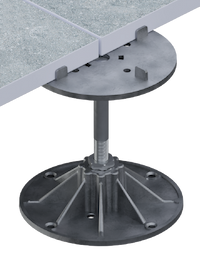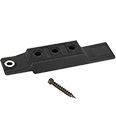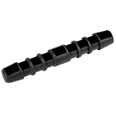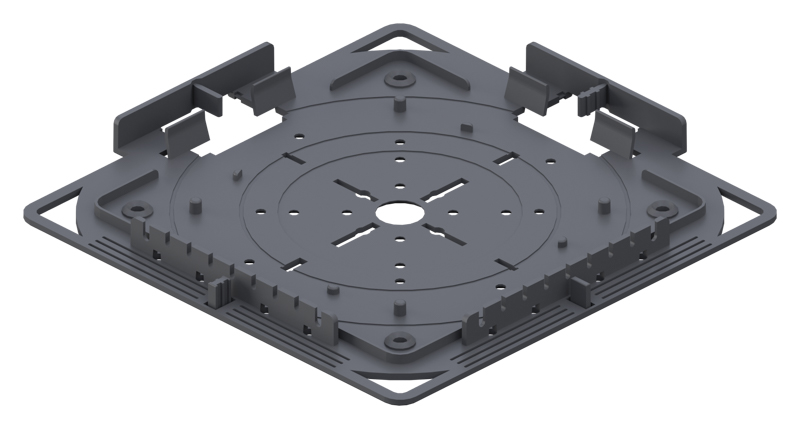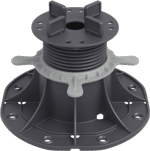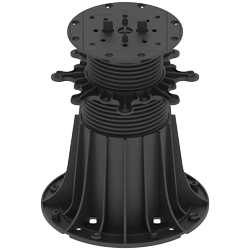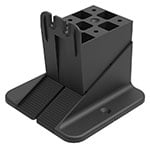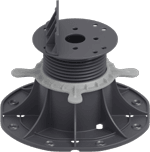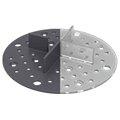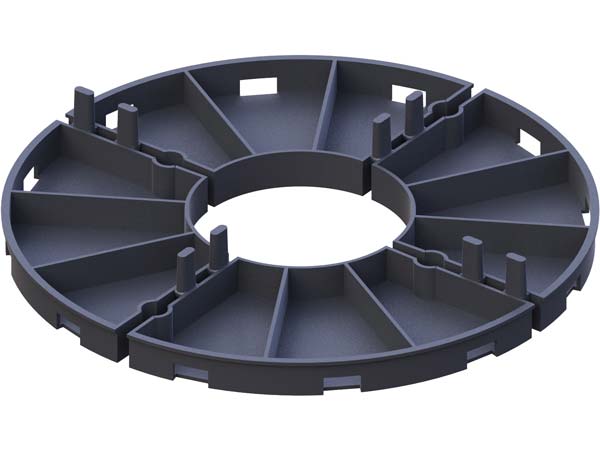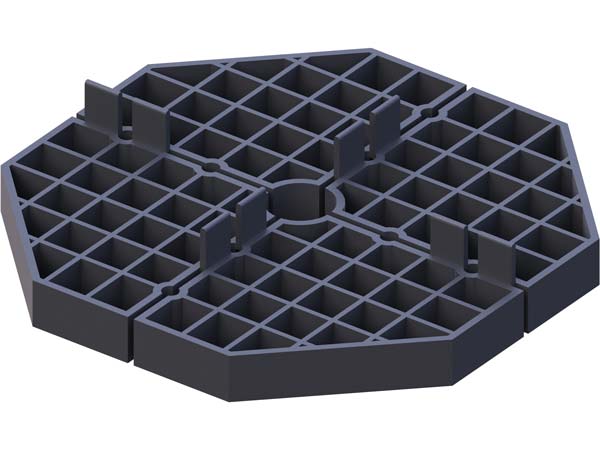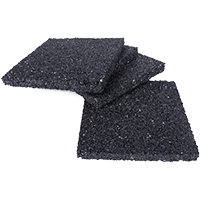One of the key advantages of an elevated terrace is that it does not require installation according to the slope or inclination of the surface on which it is placed, such as a roof or balcony. This allows it to serve as a natural extension of the indoor floor, providing the user with exceptional comfort. A ventilated terrace effectively drains water through gaps between the pavers or boards, which means that a slope is not necessary for proper water drainage. After rainfall, water may remain on the terrace surface, but it quickly evaporates. It's worth noting that the surface tension of water causes the ends of the pavers or boards to dry slightly slower, even on a slope. This is a natural phenomenon that can sometimes be incorrectly interpreted as an installation error or material defect, but it is due to the properties of surface tension (similar to raindrops on a vertical window).
For ventilated terraces, we recommend using minimal slopes ranging from 1% to a maximum of 2%. These slight inclines are practically invisible to the user while effectively draining water from the terrace surface, providing protection to walls, windows, and doors from its impact.
Presented information is for general information and is a set of good practices. They cannot be the basis for claims or warranties against the manufacturer.




